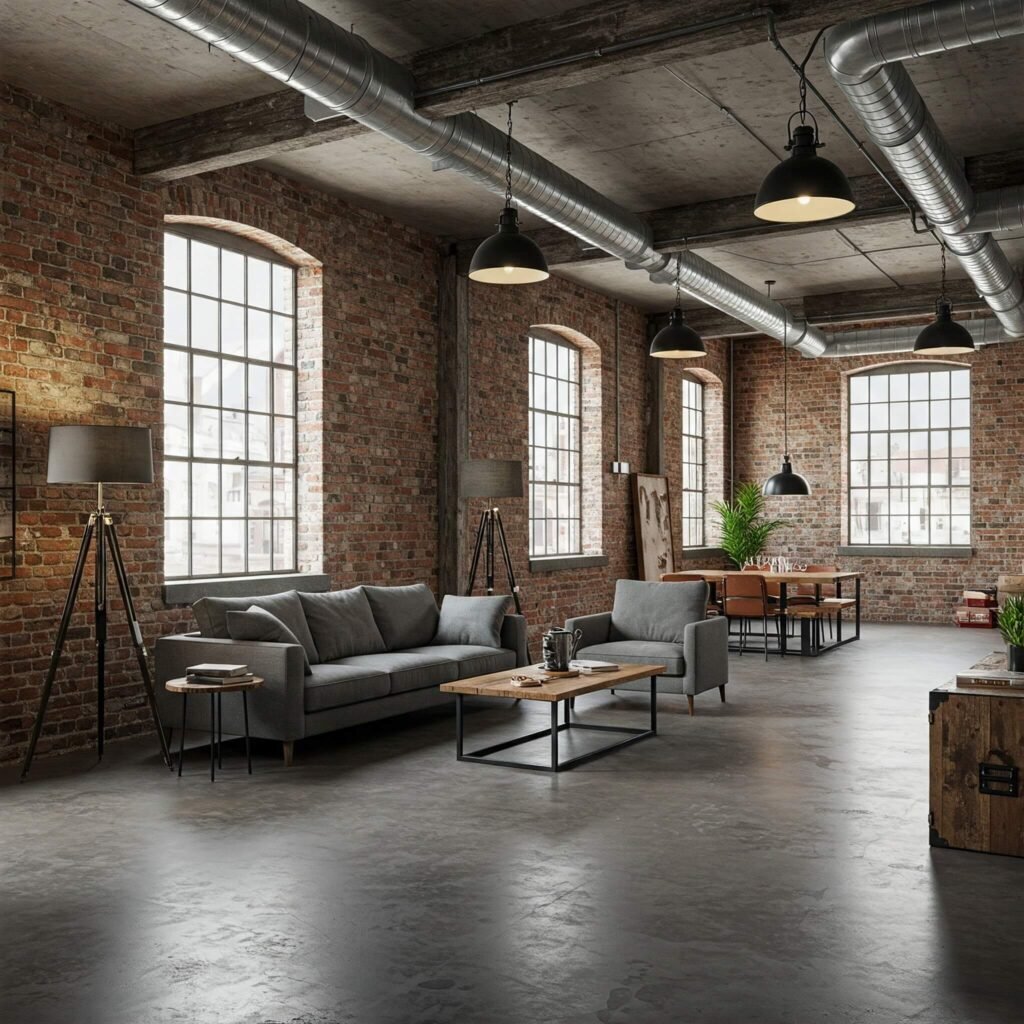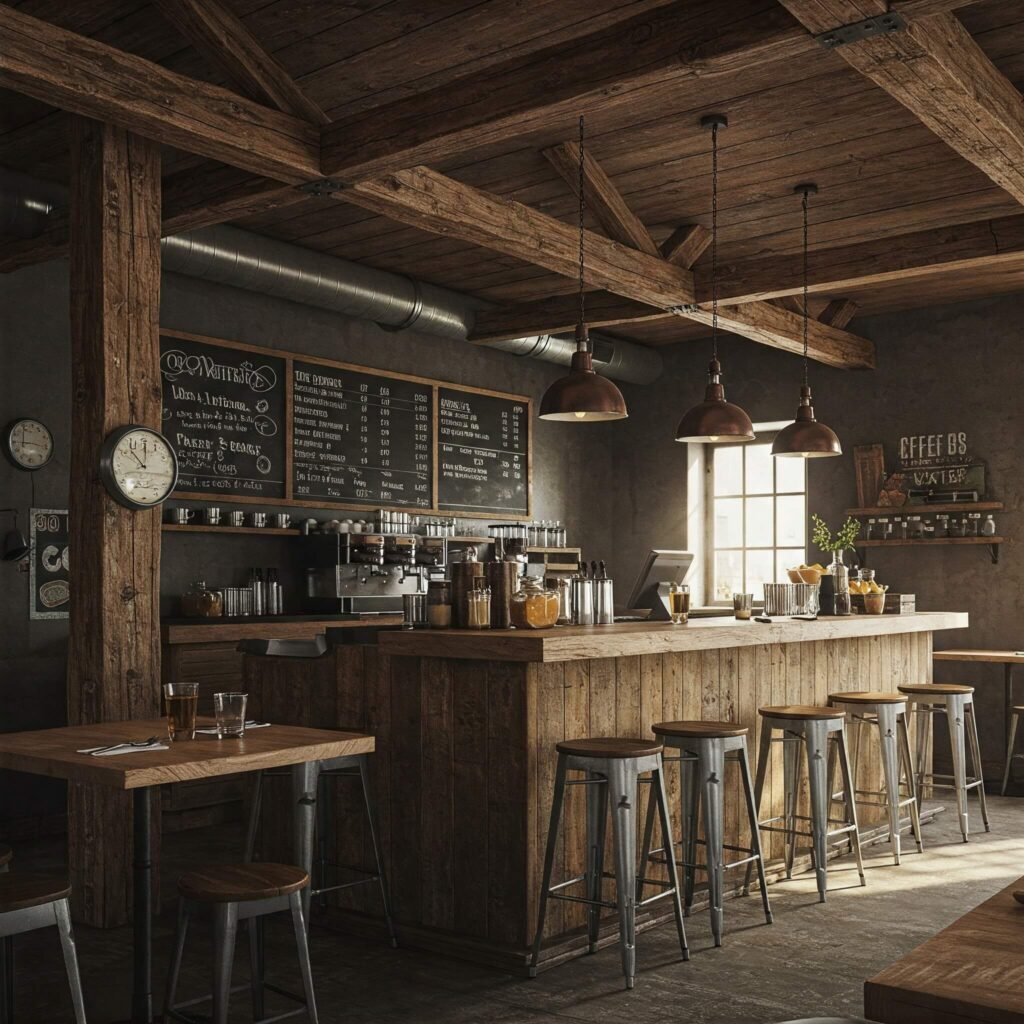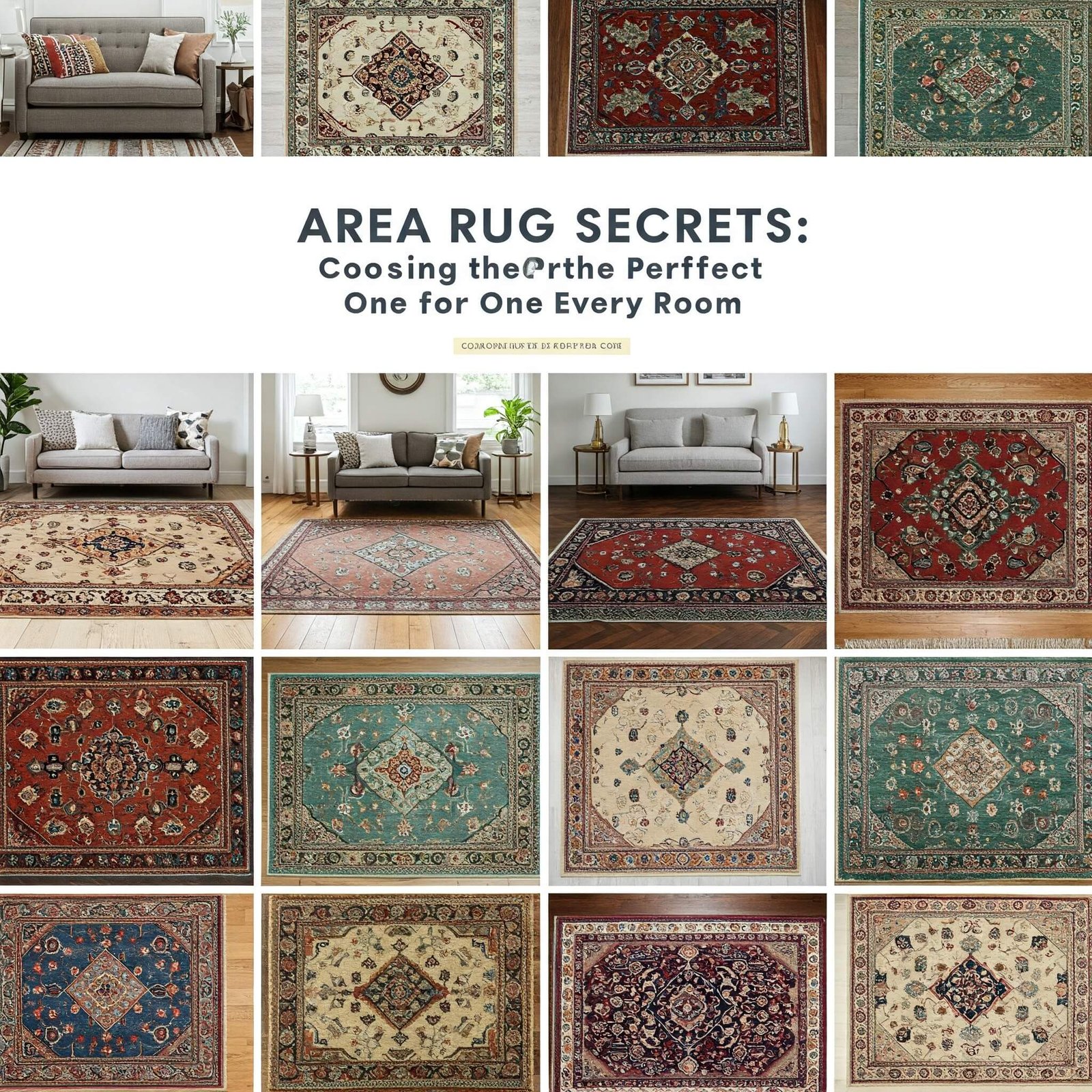Hey design enthusiasts! Ever walked into a space that just oozed cool, with its exposed brick walls, metal pipes, and a sense of unpolished authenticity? That’s the magic of industrial interior design. It’s more than just a trend; it’s a celebration of raw materials, honest structures, and a history etched into every surface. As someone who’s spent years exploring the nuances of design, I can tell you that when industrial interior design is done right, it’s absolutely captivating.
This isn’t about creating a cold, factory-like atmosphere. Instead, it’s about artfully blending the ruggedness of industrial elements with comfort, functionality, and a touch of modern sophistication. Ready to dive into the world of industrial design and learn how to nail this look in your own space? Let’s get started!
Understanding the Core of Industrial Interior Design
At its heart,industrial design draws inspiration from warehouses, factories, and other industrial spaces that have been converted for residential or commercial use. This means embracing the building’s original features rather than trying to conceal them. Think high ceilings, large windows, exposed beams, and ductwork – these are the hallmarks of authentic industrial design.
Key elements that define this style include:
- Exposed Structural Elements: Celebrating the building’s bones, like exposed brick walls, concrete floors, and visible pipes.
- Raw Materials: A focus on materials like steel, iron, wood, and concrete in their natural, often unfinished states.
- Open Floor Plans: Large, open spaces that encourage a sense of flow and highlight the architectural details.
- Neutral Color Palettes: Dominated by grays, whites, blacks, and browns, often with pops of color introduced through artwork or accessories.
- Functional Furnishings: Pieces that are both stylish and practical, often with a vintage or utilitarian feel.

Key Elements to Nail Your Industrial Interior Design
Mastering industrial interior design involves a careful balance of raw and refined. Here’s how to get it right:
Embracing Exposed Architecture in Industrial Interior Design
Don’t hide those imperfections! Exposed brick walls add texture and character, while visible pipes and ductwork become part of the aesthetic. If your space doesn’t have these original features, consider incorporating faux brick panels or strategically exposing existing pipes. This is a cornerstone of authentic industrial design.
The Importance of Raw Materials in Industrial Interior Design
Think natural and unpolished. Concrete floors, whether polished or left matte, provide a solid foundation. Incorporate steel and iron in furniture frames, shelving units, and lighting fixtures. Reclaimed wood adds warmth and a touch of history. The honest use of these materials is central to successful industrial design.
Furniture and Decor for Industrial Interior Design
Opt for pieces that are both functional and stylish. Leather sofas, metal chairs, and sturdy wooden tables fit perfectly within this aesthetic. Look for vintage or industrial-inspired pieces that tell a story. Keep decor minimal and purposeful, focusing on statement pieces rather than clutter. Thoughtful furniture selection is crucial for a well-executed industrial design.
Lighting in Industrial Interior Design
Lighting plays a crucial role in setting the mood. Industrial-style pendant lights with metal shades, exposed bulbs, and factory-inspired designs are ideal. Floor lamps with metallic finishes and adjustable arms also work well. The right lighting enhances the raw beauty of industrial interior design.

Adding Your Personal Touch to Industrial Interior Design
While the core principles of industrial design remain consistent, there’s plenty of room for personalization.
- Introduce pops of color: While the base palette is neutral, don’t be afraid to add splashes of color through artwork, textiles, or even a statement piece of furniture.
- Incorporate greenery: Plants can soften the industrial edge and add a touch of life to the space.
- Mix textures: Combine rough concrete with soft leather, or smooth metal with warm wood for added visual interest.
- Showcase your personality: Display items that reflect your interests and style, whether it’s vintage maps, industrial artifacts, or modern art.
Real-World Examples of Stunning Industrial Interior Design
Think of converted lofts in New York City, with their high ceilings, exposed brick, and large windows overlooking the cityscape. Consider the trendy cafes with their metal bar stools, reclaimed wood countertops, and exposed ductwork creating a cool, urban vibe. These spaces perfectly exemplify how industrial design can be both stylish and inviting.

Actionable Takeaways for Your Industrial Interior Design Journey
- Start with the architecture: Identify and embrace the existing structural elements of your space.
- Focus on quality materials: Invest in durable, raw materials that will stand the test of time.
- Keep it functional: Prioritize pieces that are both aesthetically pleasing and practical.
- Don’t over-decorate: Embrace the minimalist approach and let the materials and architecture speak for themselves.
- Layer in personal touches: Make the space your own by adding elements that reflect your unique style.
Conclusion: The Enduring Appeal of Industrial Interior Design
Industrial interior design isn’t just a fleeting trend; it’s a timeless aesthetic that celebrates authenticity, functionality, and the beauty of raw materials. When executed thoughtfully, it creates spaces that are both visually striking and incredibly livable. So, embrace the exposed, appreciate the unpolished, and discover the enduring appeal of industrial design done right!
































